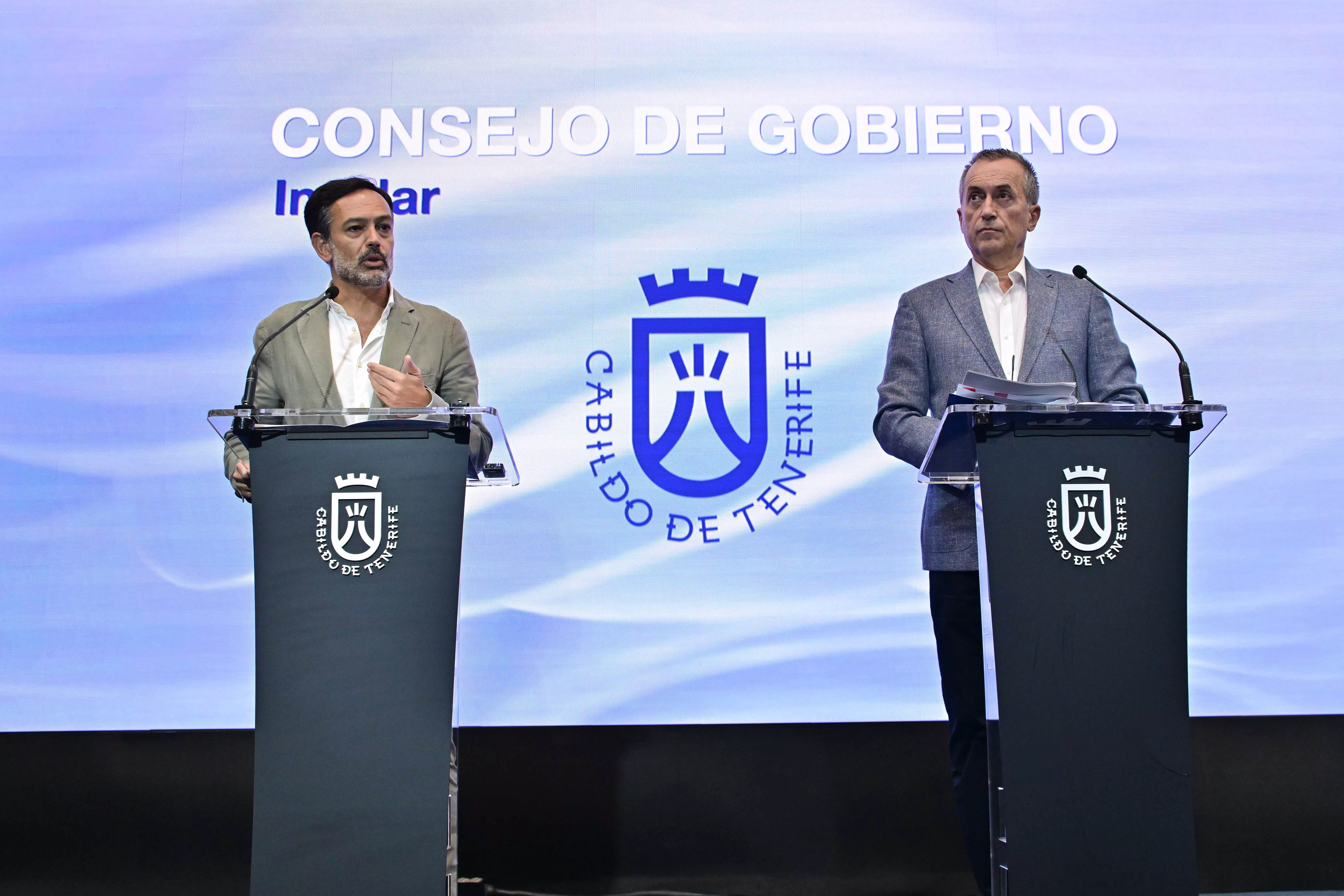In the north of Tenerife, there is a valley so fertile that the ancient Guanches named it with a Berber word alluding to the constant sound of the springs.
The Spanish conquerors, fascinated, began transforming it, initially changing vowels, then adding an article, and along the way, a legend even arose that spoke of gold where there was only abundant water.
Five centuries of phonetics, myths, and notarial writings distilled that “valley of water” into the name that now appears on maps: La Orotava.
The landscape imposed the name
Before the Castilian conquest (1494-96), the extensive plain beneath the spine of Tenerife was a green oasis teeming with springs and ravines.
The Guanches called it Arautava (or Arautápala), a Berber-rooted word that several linguists associate with araw / arawt (“channel” or “trough”) and the ending -taba (“place of water at ground level”).
The most accepted meaning is, therefore, “valley of abundant water”: a descriptive toponym for a place where the liquid filtered down from the summit and emerged in permanent springs.
From Guanche to Castilian
After the conquest of the kingdom of Taoro, Castilian scribes began to Castilianise the native toponym according to their own ear.
- In 1496, the first land distributions still recorded it as Arautava, the form closest to the original Guanche.
- Between 1506 and 1510, it appears as Arotava or Arotaba, a variant that loses the second “a” and simplifies the pronunciation.
- From 1520, the initial vowel changes from “a” to “o” and becomes fixed as Orotava, a common phonetic adjustment in the adaptation of native words.
- Finally, in the 17th century, the article is added, and the name is consolidated as La Orotava, following the same pattern as other Canary locations, such as La Laguna.
The change a → o at the start of a word is frequent when an open Guanche phoneme falls into a Castilian tonic position. The final wavering -b- /-v- (Orotaba/Orotava) is explained because, in insular Spanish, both consonants are pronounced as voiced bilabials; hence the local pronunciation remains [oɾo̞ˈtaβ̞a].
The article “La”
Initially, the writings referred to Valle de Orotava (without the article), as the name designated more the territory than a specific nucleus.
As the hamlet around the church of La Concepción gained municipal status (1648), royal officials began writing “the villa of Orotava”.
The shortened form, La Orotava, crystallised in the 17th century and thus entered Floridablanca’s census (1787).
The legend of “oro estaba”
Orotavan folklore tells that a soldier, enchanted by the valley’s fertility, exclaimed “¡Oro estaba!”. Over time, that admiration froze into “Orotava.” The story is amusing, but it does not appear in any chronicles of the conquest nor fits with the documented phonetic evolution; it is, therefore, a folk etymology created centuries later to justify the toponym to ears already unfamiliar with the original Guanche.
Evolution
- 16th-17th Century: export of sugar and later Malvasia wine; the valley prospers, and the town gains political weight.
- 18th Century: the irrigators preserve dozens of madres de agua whose toponym echoes the root -taba.
- 19th Century: the agricultural elite build mansions and inscribe the motto “Menceyato del Valle de Taoro” on balconies, a reminder of the aboriginal heritage.
- Present: “La Orotava” refers to the municipality, while “Valle de La Orotava” also includes Puerto de la Cruz and Los Realejos—semantic extension of the original Arautava.
Today, orange groves, potato cultivation, and banana plantations continue to prove the ancient menceyes right: that valley remains, above all, and despite the water emergency, the place where water was never lacking.
















